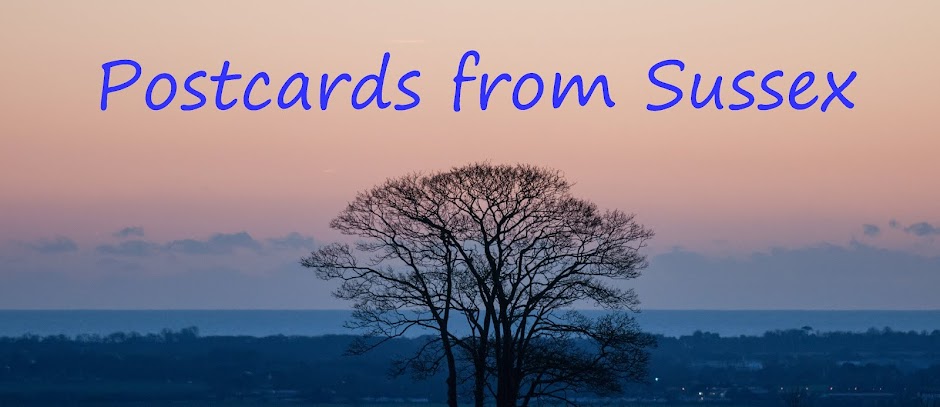 |
| Lesser Stitchwort Stellaria graminea |
Following Michael Blencowe’s report of Silver-studded Blues emerging at Iping Common I paid it a visit in the vague hope of finding them. I didn’t see one butterfly, although there were plenty of moths. This was my first trip to Iping Common and I will return when the sun shines! It is a fascinating area of heath, bog, ponds, heather and pine woods with some flora and fauna unique to the diminishing heathlands of Britain.
pond covered by Bog Bean (below)
 |
| Bog Bean Menyanthes trifoliata |
 |
| Common Foxglove Digitalis purpurea |
 |
| Mouse-ear Hawkweed Pilosella officinarum |
 |
| young Bracken fronds |
 |
| Bell Heather Erica cinerea |
 |
| Heath Bedstraw Galium saxatil |
leaves of the Heath Bedstraw
 |
| Heath Bedstraw Galium saxatil |
 |
| Sailor Beetle Cantharis rustica |
 |
| Comfrey Symphytum officinale |
A country name for this plant is Knitbone due to a belief in its medicinal healing properties for broken bones. Sue's father gave her a daily drink of a leaf infusion when she broke her leg and she did heal well.
bumble bees at work
Red ants
 |
| Tormentil Potentilla tormentilla |
 |
| Rhododendron |
 |
| Many-zoned Polypore coriolus versicolor |
a bracket fungus which grows on tree stumps
beautiful antennae on this unidentified moth
 |
| Ragged Robin Lychnis flos-cuculi |
a buttercup
 |
| Silverweed Potentilla anserina |






























































